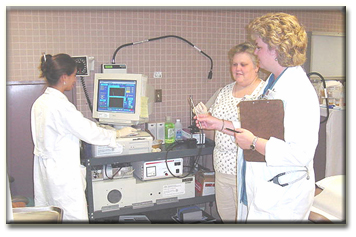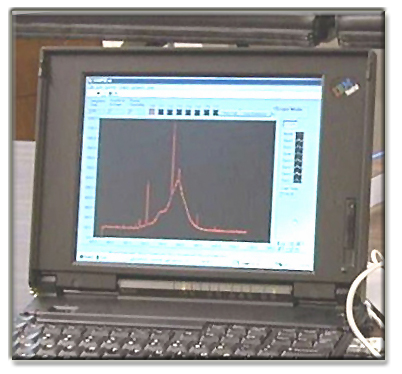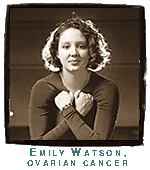
|
Clinical
Trial Update
|
|
Collaborating Institutions
|
|
Associated
Clinical Trials
|
|
Collaborating Researchers
|
|
|
Clinical
Trial Update
|
For
years, the Pap smear has been the best tool for detecting cervical
cancer.
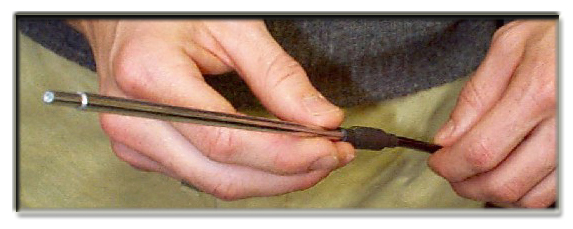
Now
a new fiber-optic probe is being studied which could someday replace
the Pap smear as a faster, cheaper, more accurate way to detect
cervical cancer.
|
|
Paula
Roberts, a busy administrative assistant, is taking part in
a clinical trial at the Unversity of Texas M. D. Anderson Cancer
Center in Houston, Texas. The study is testing a new fiber-optic
cervical probe comparing it to the Pap smear. One advantage
of the probe is that unlike the Pap smear, results of the exam
are immediate.
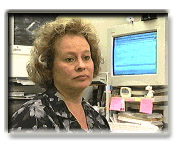
"
With the probe they can immediately tell if there's a problem
and take a biopsy or whatever they need right then."
"I
think this will give us a whole new step to go toward at finding
cancer in the earlier stages, possibly being able to find a cure
also."
|
|
The
probe is placed painlessly against the cervix, shining light onto
the tissue.
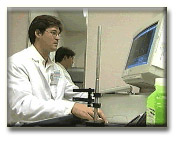
A
computer interprets the probe's reading looking for cancer or
pre-cancerous cells which absorb light differently than normal
cells. The probe also measures the way light reflects off the
nucleus of a cell.
|
|
|
The
information is fed into a computer which interprets the probe's
reading in minutes.
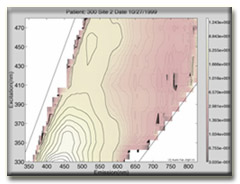
|
|
The results
do not have to be read by a doctor. In fact, physicians assistants
and hospital aides have used the device successfully in the trial.
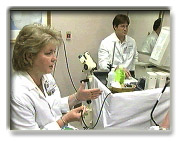
That means
more women will have easier access to cervical cancer screening.
|
|
Dr.
Michele Follen of The University of Texas M. D. Anderson Cancer
Center explains the detection process as follows.

"
What happens is as cells get more dysplastic and move toward cancer,
the nuclei actually get crinkled so they reflect light in a more
scattered way."
|
|

The
probe may also be used in the future to detect cancers in the mouth,
colon and bladder.
|
|

